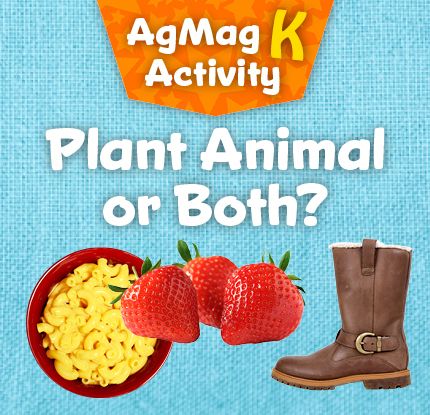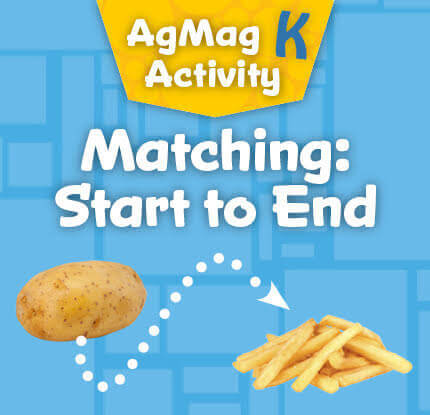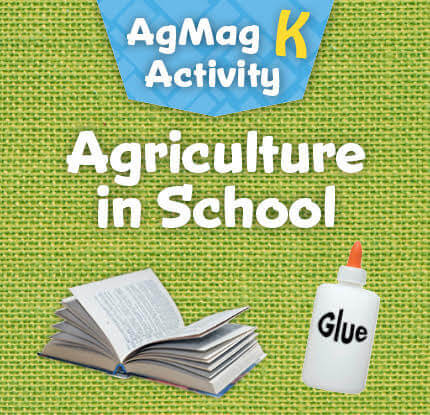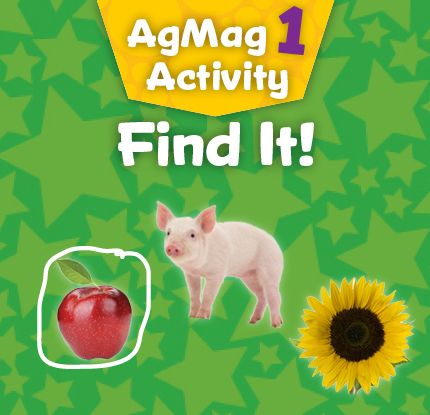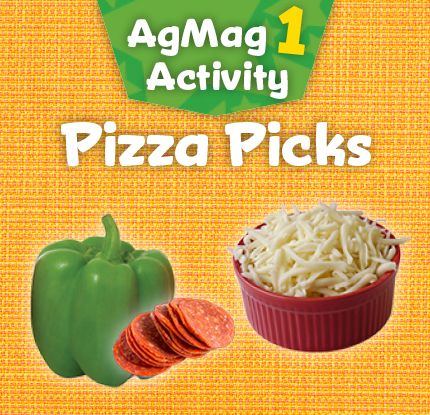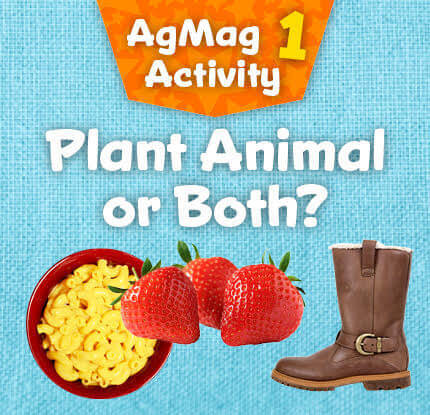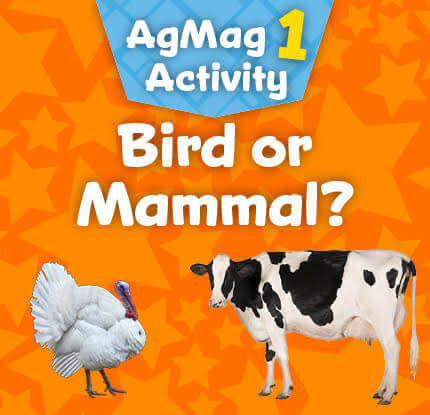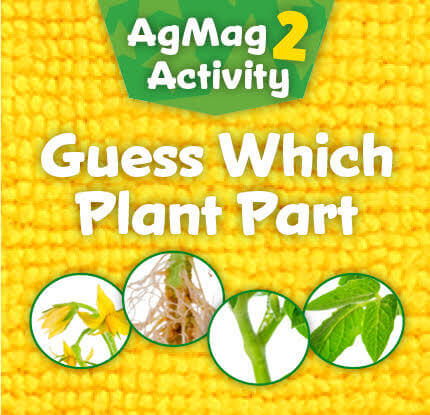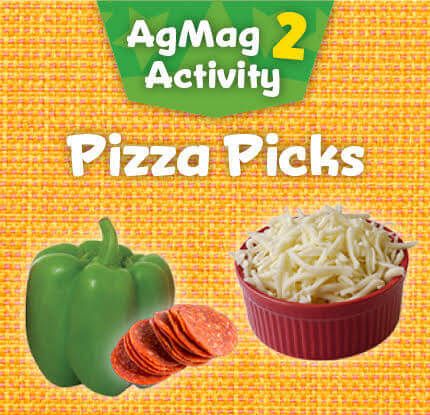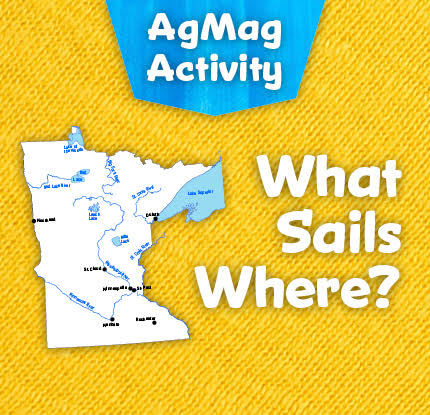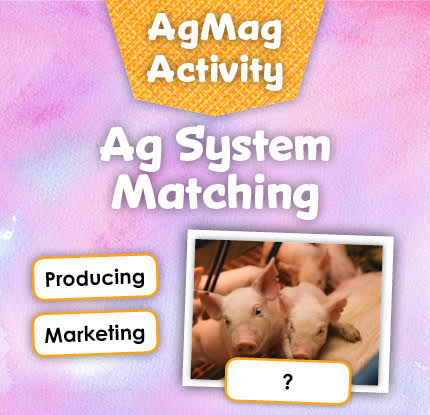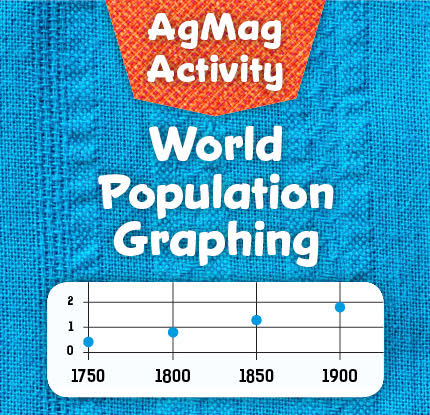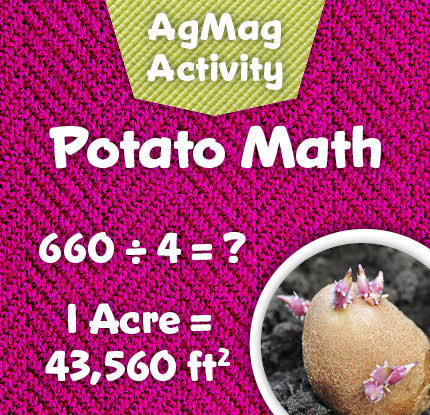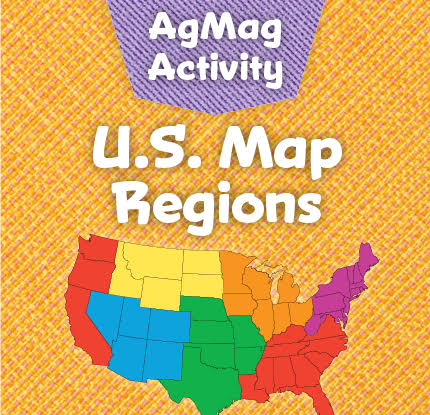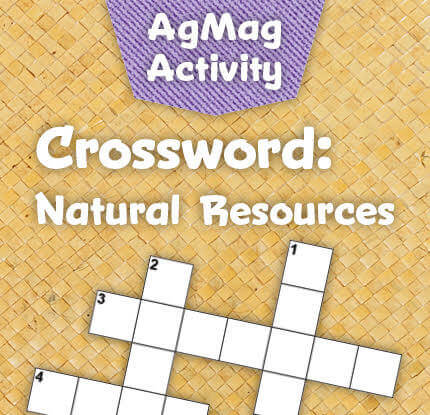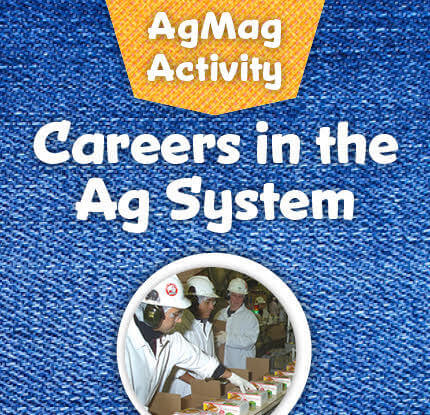AgMag K Spring 2020 Teacher Guide
Started in 1985, the Minnesota Agriculture in the Classroom program (MAITC) is a unique public/private partnership between the Minnesota Department of Agriculture and the MAITC Foundation. The program goal is to advance agricultural literacy to all learners, especially K-12 students and educators. MAITC’s mission is to promote understanding and awareness of the importance of agriculture.
We are pleased to offer the free AgMag series for kindergarten, first, and second grades (AgMag K, AgMag 1, and AgMag 2). Each issue is written and targeted to each specific grade level from K-2 (for 4th-6th grade students, MAITC offers a separate publication called simply AgMag). We publish two issues each school year, in October and March. Enjoy!
The AgMag K series is made possible due to the generous financial support of Compeer Financial Services, a long-time supporter of the MAITC program.
Why Ag in the Classroom?
Previously, people were very aware of the role agriculture played in their lives: It meant survival. Nearly everyone—men, women, and children—worked the land.
Agriculture still means survival. That will never change. But as time goes on, fewer people have close contact with farming. They’re not aware of their own—and the nation’s—total dependence on agriculture. Think about it:
- Fewer than 2 out of 100 Americans work directly in production agriculture (farming). This small group meets the food and fiber needs of the nation as well as many people abroad.
- Agriculture, along with its related occupations, is the one of the nation’s largest industries. It generates billions of dollars each year. One out of every five jobs depends on it in some way.
Agriculture is constantly changing. But one thing remains the same: Agriculture is a vital part of your day! Even as early as the primary grades, it’s important for students to gain an understanding and appreciation for the ways agriculture touches their lives, each and every day. Food doesn’t magically appear in the grocery store or on the kitchen table. It all starts with agriculture.
Minnesota Academic Standards Connection
|
Subject |
Standard Code |
Benchmark |
|
Social Studies |
0.2.1.1.2 |
Identify goods and services that could satisfy a specific need or want. |
|
Science |
0.3.2.2.1 |
Monitor daily and seasonal changes in weather and summarize the changes. For example: Recording cloudiness, rain, snow, and temperature. |
|
Science |
0.4.1.1.1 |
Observe and compare plants and animals |
|
English Language Arts |
0.2.1.1 |
With prompting and support, ask and answer questions about key details in a text. |
|
English Language Arts |
0.2.3.3 |
With prompting and support, describe the relationship between two or more events, ideas, or pieces of information in a text. |
Glossary
AGRICULTURE : Growing plants and raising animals that people use for food, clothing, and many other things every day. It’s also harvesting those farm products and getting them to us so we can use them.
Agriculture is the industry that grows, harvests, processes, and brings us food, fiber, fish, forests, sod, landscaping materials, and more. It uses soil, water, sun, and air to produce its products. The process starts on farms, orchards, gardens, and ranches with the growing and the harvesting of crops and livestock, then moves to processing plants before finally traveling as finished products to stores, farm markets, lumberyards, greenhouses, and more where consumers buy the products. Agriculture is connected in some way with almost everything we eat, wear, and use.
Quote from an Unknown Source: “Agriculture is not simply farming. It’s the supermarket, the equipment factory, the trucking system, the overseas shipping industry, the scientist’s laboratory, the houses we live in, and much more. It affects the air we breathe, the ground we walk on, the water we drink, and the food we eat.”
CROPS : Plants which are grown and harvested to feed people and animals or to make other things people need.
FARM : Areas of land where plants and animals are grown or raised for food, clothing, and more.
FARMER : A person who lives and works on a farm (also called producers). Farming is a career; farmers make money by selling their farm products.
HARVESTING: When crops are fully grown and ripe, they are removed from the field or garden for processing or consumption.
AgMag K Cover—From the Farm to YOU!
Discussion Prompters
Ask the students what they think a farm is.
Ask them what they think grows on a farm. They may come up with things like corn and other vegetables, but may be surprised to learn that things like trees, apples, and animals are also grown on farms.
Ask them what kinds of animals they might find on a farm. They might know about cows, pigs, or chickens, but could be surprised to learn about animals like goats and llamas.
Animals and Plants activity answers:
- Plants: Apple, tree, potato, sunflower
- Animals: Chicken, pig
Page 2-3— Wheat from the Field to You!
Discussion Prompters
What kinds of foods are made with wheat? (bread, cake, tortillas, pasta, cereal, crackers, biscuits, pancakes, pie crust, pizza crust, cookies, doughnuts, muffins)
What are your favorite foods made with wheat?
Why do you think wheat is planted in the spring and grows in the summer in Minnesota? (winter is too cold for wheat to grow; wheat needs warmth and rain)
Did you know that wheat makes many different kinds of flour? (whole wheat, all purpose, bread, cake, pastry, semolina for pasta)
Which Comes First activity answer:
2, 4, 1, 3
Circle the word wheat answer:
8
Page 4—Weather
Discussion Prompters
Why is weather important to farmers? (Too cold, plants will freeze; too hot, plants could wither and die; too little or too much rain could also cause plants to die; farm animals can get sick if the weather is too hot or freeze if it is too cold)
Activity: Watch the Weather!
Have students note on each day what kind of weather that day had. Some days may have more than one.
Optional Activity: Rain Gauge
Another way to make weather-watching a hands-on activity is to make a rain gauge. Simple instructions for creating a rain gauge can be found here: Scholastic. This could be done in the classroom, or you could ask students to do it at home (or both).



